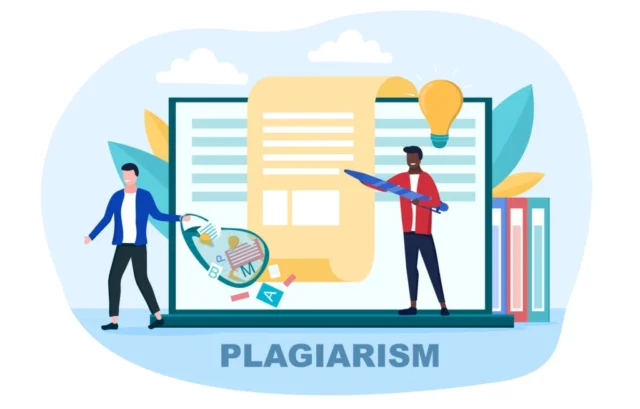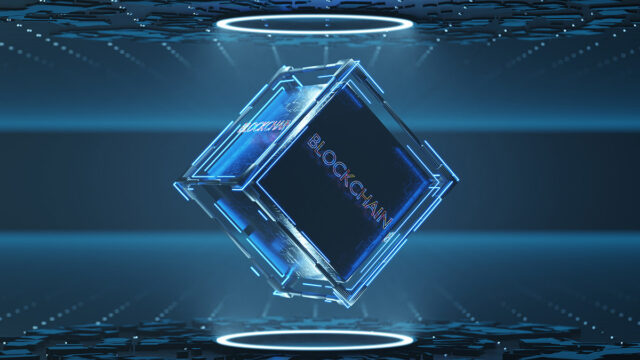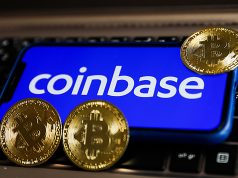
Blockchain technology can solve a multitude of real-world problems, such as transaction processing and intermediaries, issues of data storage, intellectual property, and supply chains, to name a few. The promise of blockchain delivering value is realistic, meaning the numerous applications created aren’t exaggerated solutions.
The rapid evolution of distributed computing has led many to question the foundational aspects of traditional education systems, particularly trust, value, and privacy. Blockchain technology can address common educational challenges, replacing bulky desktop computers and antiquated textbooks. The following use cases will help you better understand blockchain use cases in education.
Using Smart Contracts for Courses and Assignments

Smart contracts eliminate the need for intermediaries, not to mention the time delays associated with them. They’re computer programs that run on the blockchain, executed when specific conditions are met so that all participants can be sure of the outcome. Although they can be used outside Ethereum, smart contracts are fundamental building blocks of Ethereum applications. Bitcoin can support smart contracts, yet applications are limited compared to Ethereum. Getting back on topic, anyone can write a smart contract and deploy it on the network if they have sufficient knowledge and an ERC token, preferably Ether. Even a moderate size contract costs Ether, so budget using the ETH price.
Educators can develop courses (and assignments) on the blockchain, creating a reliable system that can’t be cheated. Smart contracts act as digital if-then statements between two or more parties, so when the necessary prerequisites are satisfied, the course is taught automatically, proceeding at its own pace. One group’s needs are met, which means the agreement is honored. For example, students can be tasked to manage digital marketing activities for a fictitious brand, competing against one another; on completion, they can be awarded crypto tokens or credits, or both. Professors are fast, transparent, and unbiased in rewarding students, while students can actively control their skills and reach the minimum requirements.
Managing School’s Student Records
A well-designed record system offers information for decision-making about individual students, schools, programs, and school districts. Therefore, it plays a key role in the overall functioning of the education system. Blockchain technology can transform traditional record storage, eliminating the risk of central server breakdown – the data is tamper-proof and can’t be altered once deployed on the blockchain network. Ensuring the trustworthiness and long-term availability of records is a necessary requirement.
After all, schools are responsible for documents like diplomas and certificates, to offer but a few examples. Blockchain technology conserves data and improves data sharing efficiency, with multiple users being given permissions and abilities.
Preventing Plagiarism in The Classroom

Plagiarism is regarded as academic dishonesty, particularly when done on purpose. The use of another person’s ideas and words and claiming them as one’s own violates all the components of academic integrity, so it shouldn’t come as a surprise that plagiarism draws sanctions such as penalties, suspensions, and even expulsion. When a research paper is copied or stolen, someone’s life’s worth of labor is lost.
The availability of Internet sources, confusion about the nature of plagiarism, and the belief that everything is free lead to the infringement of copyright. Regardless of the cause, educators must deal with the issue of plagiarism.
Blockchain technology can be a solution for preventing plagiarism owing to its decentralized architecture and public-key cryptosystem. It eliminates the possibility of data leakage, theft of ideas, alteration of plagiarism evidence, and, most importantly, the retrieval of scientific works belonging to others.
Several projects are already leveraging blockchain technology for the administration and distribution of copyright works, ensuring comprehensive and reliable information. Blockchain is very safe because no one can make changes to the data on the block. The use of blockchain 4.0 will increase speed, user experience, and usability, bringing the technology fully mainstream, encompassing machine learning and deep learning.
Incentivizing Academic Achievement
One of the big challenges that professors and student affairs administrators face is motivating students who aren’t willing to work hard if they don’t see the value of what they’re learning during the course of study. Giving them rewards for their efforts sends the message that students’ work is appreciated, which is a powerful mindset in the classroom.
Contrary to popular opinion, the use of rewards doesn’t undermine intrinsic motivation, and neither does it result in the slower acquisition of skills in the learning process. Encouraging students to become intrinsically motivated is a good thing, but extrinsic motivators matter as well.
Cryptocurrency can be used to incentivize academic achievement; unlike badges, coins can be spent. Educators can start rewarding students with tokens if they perform well or complete a specific major, and it’s anticipated that students will become more willing to take advantage of these resources, especially those from disadvantaged backgrounds.
Smart contracts effectively facilitate, verify, and enforce the agreement. Since the transaction requires a fee, which is paid in ETH, donations and contributions can be made. Needless to say, many things for which students have an interest don’t cost any money, like receiving feedback from professors.
Wrapping It Up

There are challenges in adopting blockchain education despite its benefits, such as integration with legacy systems. To put it simply, it’s necessary to restructure the entire system or come up with a way to successfully integrate the two technologies, which may not be practical due to the lack of skilled developers.
There’s also the issue of cost. Even if the adoption of blockchain technology leads to cost savings as far as administrative activities are concerned, institutions need to spend a great amount of money to make a change in the existing infrastructure. There’s no exact answer on how much it would cost to create a blockchain solution.
All in all, some educators might be hesitant to use blockchain technology, viewing it as an opaque and complex system. Even those who use technology on a daily basis can be resistant to change, so information should be made available to everyone. Things have changed, and it’s necessary to take a step ahead, walking with revolutionary technology.












